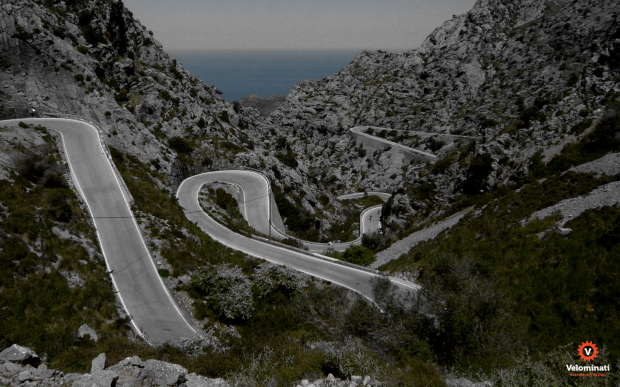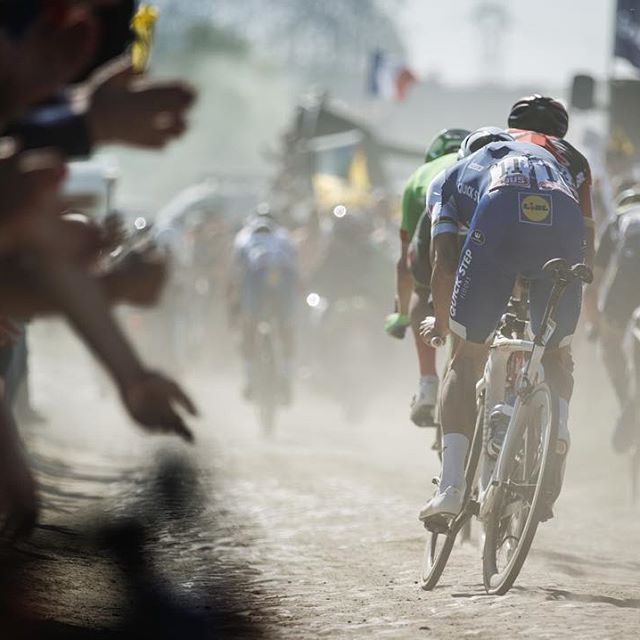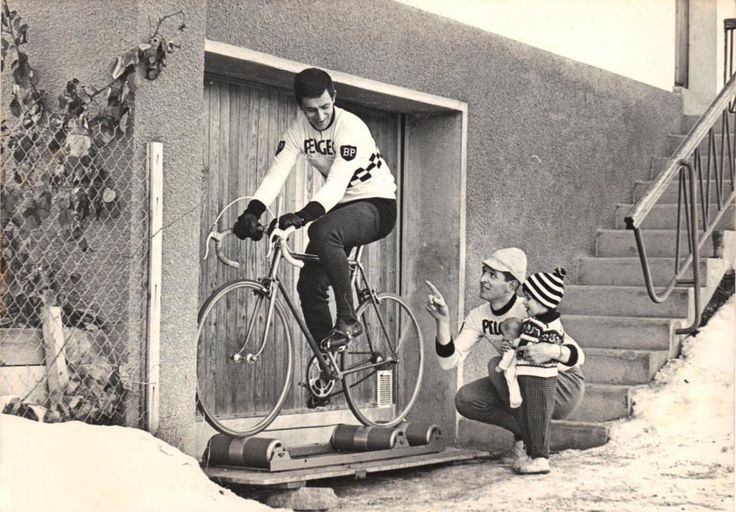Sur La Plaque, Part Trois: Monkey in the Middle

Climbing is something I enjoy more than I am good at it; any time I see a new road pointing up to the heavens, I find myself irresistibly drawn to explore where it leads. Every season I come to the conclusion that my training routes are all very hilly and I arrive at the brilliant idea that I should plot out a new course which seeks out the flattest roads in town, allowing for an easy spin every now and again. As I ride happily along my new, rolling route, I will notice a twisty road snaking its way toward the sky and I will be helpless to resist exploring it. Before long, the route is as hard as any of the others. I simply can’t stop myself seeking out new climbs.
The beauty of climbing is found in its contrasts, in the beautiful duality of suffering and being in control – of burning muscles which somehow still feel strong and powerful. At 80 kilos and 193cm I will never be a good climber, but there is a magic zone of gradients between six and eight percent where I can get the guns turning over easily despite the pressure in my lungs and legs. At those gradients, I can feel myself sitting steady in the saddle, raising out of it occasionally to keep the gear ticking over or to offer some respite to my muscles. Beyond eight percent is a zone of gradients upon which I never feel comfortable; to maintain the tempo requires all my concentration; I feel the hill clawing at my jersey, pulling me back down to the valley. I can never seem to find the right cadence in this zone; either I’m spinning too much or I’m falling behind the gear. But beyond 12 percent, I find a renewed strength; despite my grotesque weight I am somehow still able to find the power to keep the wheels turning round. At these gradients there is little you can do apart from pushing on the pedals; skill and elegance have less little to do with it than does being stubborn and a bit dim.
The Prophet once said that to ride a time trial, you should start as fast as possible, and finish as fast as possible. When asked about the middle, he said to ride that as fast as possible. And so it is for climbing. In part one of Sur La Plaque, we examined how to ride the end of a climb; you go as hard as you can. In part two, we examined how to approach a climb and how best to tackle the base. Again, you go as hard as you can. We left it a mystery as to what one should do when riding the middle of the climb. Guess what? You go as hard as you can.
The middle part of a climb is mentally the hardest. At the top, you can easily wrap your mind around what needs to be done: push as hard as you can and embrace the lactic acid as it floods over you; the effort will be over soon enough. The bottom can be intimidating, but you are generally fairly fresh, though you may need some time to find your rhythm. The middle is where you settle in and focus as concentration and momentum mean everything. Breathing deeply in harmony to your cadence, the key is to make sure you don’t lose your concentration as you and your bike are urged to slow ever down by the Man with the Hammer’s loyal servants: Gravity and Fatigue.
The loss of tempo happens very gradually as a gear that was smoothly turning over begins to move a little heavier. In response, the cadence slows ever so slightly until finally you need to shift gear. It is a never ending cycle that leads irrevocably to plodding along in the lowest gear. Combatting this process takes complete and total focus. Concentrate on the rhythm and your breath, and if the gradient kicks up, rise out of the saddle to keep the pace up. If the gradient requires a downshift, do so before you fall behind the gear; once you allow yourself to become overgeared you will be on the back foot for the rest of the climb.
Climbing through the monkey in the middle is as much about mental strength as it is physical. Find a steady, fast tempo, and commit everything you have to maintaining it. Also, for the purposes of this article, Sur la Plaque is a state of mind more than it is a chain ring. And also remember that the only reason Merckx invented the inner ring is to give us a place to store the chain while replacing the worn-out Big Ring.
VLVV.

